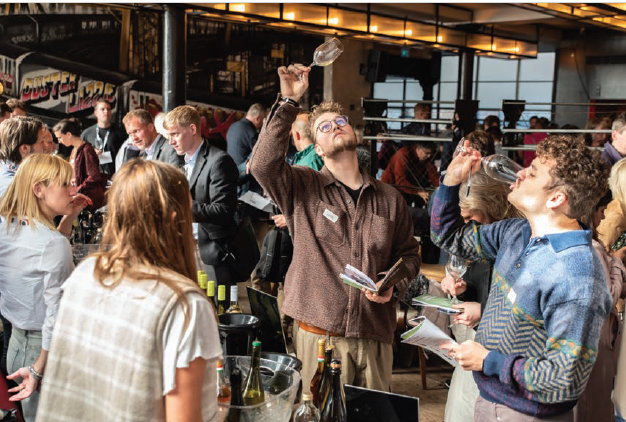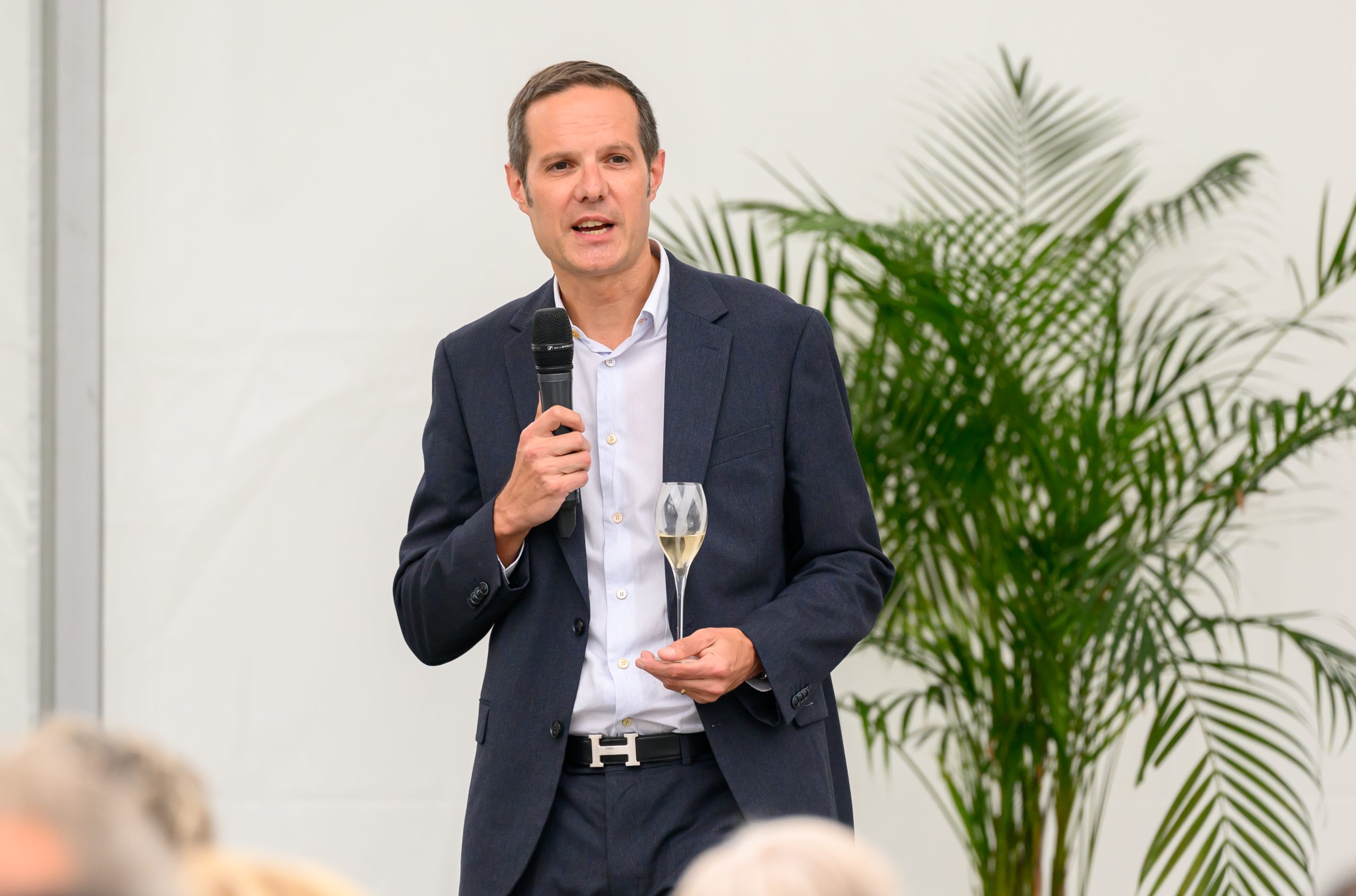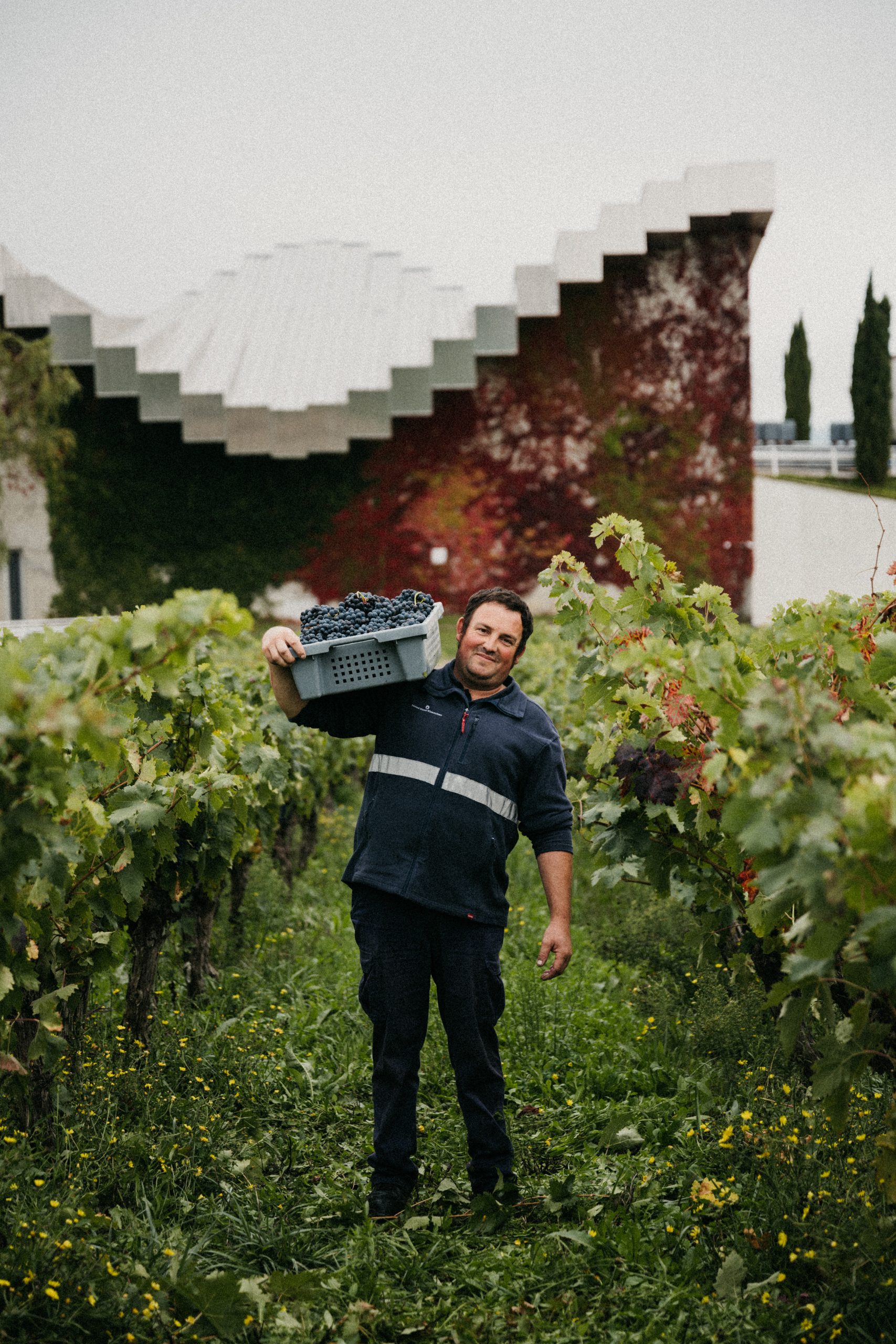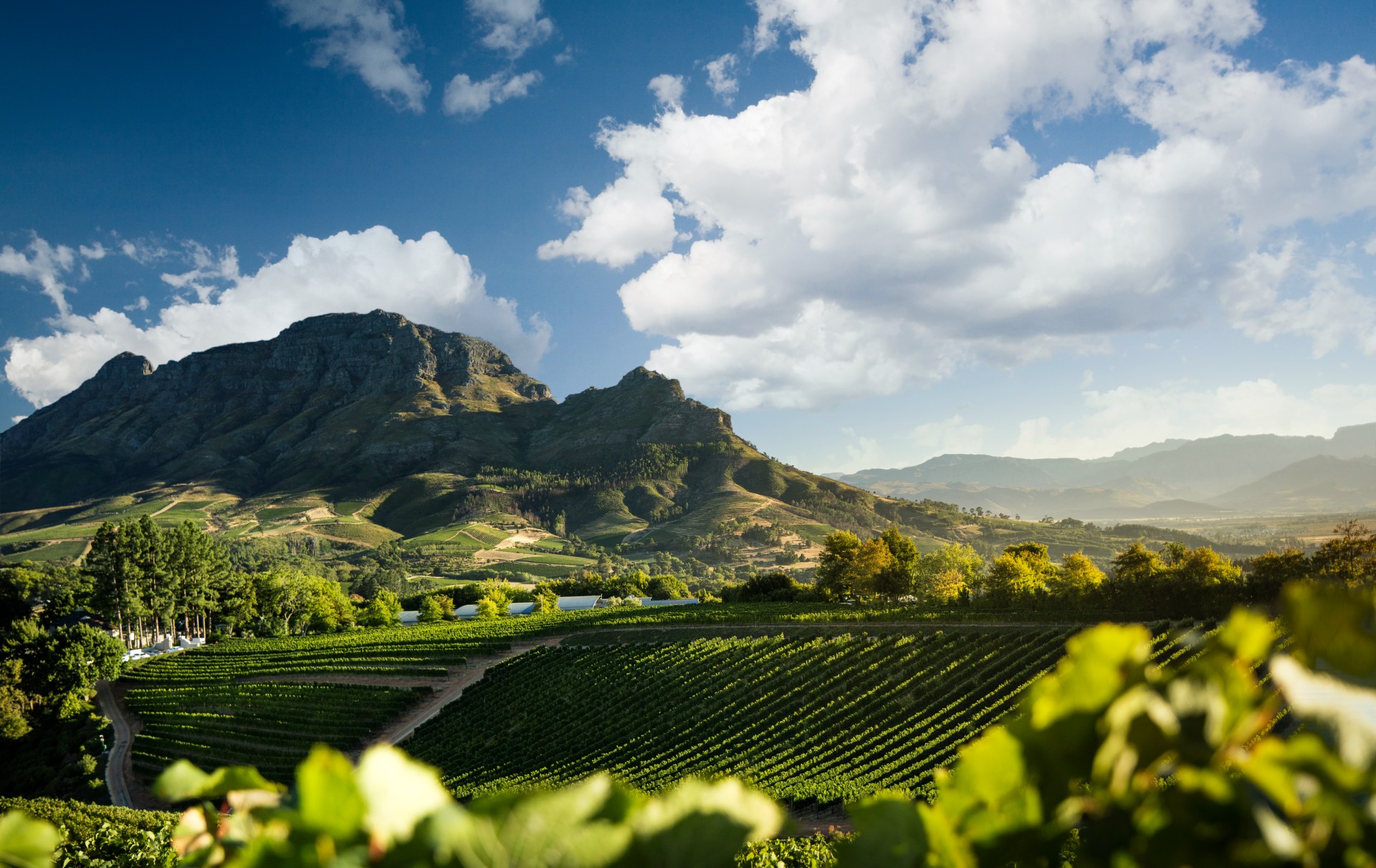Why wine tourism will play a growing role in Alto Adige
The Northern Italian region of Alto Adige is planning on becoming one of Italy’s next big wine tourism destinations, as Eduard Bernhart, director of the Alto Adige Wine Consortium, explains to Louis Thomas.
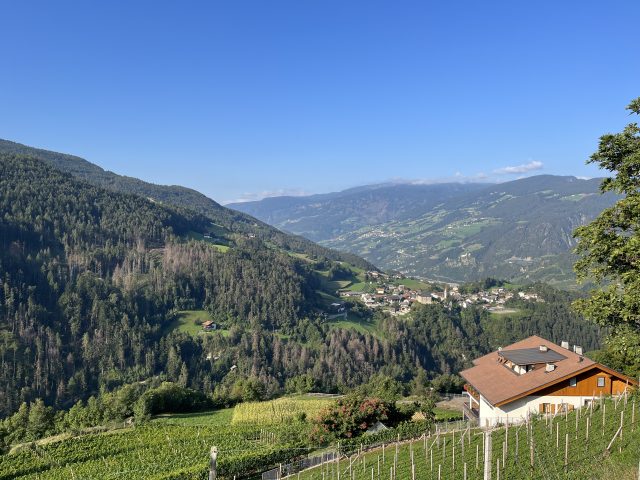
Meeting with the drinks business at Vinitaly, Bernhart, who has worked with the Consorzio Vini Alto Adige/Südtirol Wein for six years, said that it was “working to develop” a high-end wine tourism offering.
“In Alto Adige we are known for having an incredible diversity,” he said. “Skiing, biking, climbing, hiking – it’s not like some areas of Tuscany, or in Napa for example, where there’s a clear focus in wine. In Alto Adige there’s so many options, and for this reason we never had a 100% focus on wine tourism.”
That diversity is also reflected in its wine styles, ranging from fragrant Gewürztraminer to austere Pinot Bianco, elegant Pinot Nero to inky black Schiava – certainly impressive for a region with roughly the same area under vine as Saint-Émilion (fewer than 6,000 hectares), and one which only contributes less than 1% of Italy’s total wine production.
Part of the reason for the region’s eclectic selection of grapes is because Alto Adige is a region caught between cultures, having switched from Austrian to Italian territory after the First World War. In spite of being on the Latin-side of the border, for many residents of the region, German is still their first language – do not be surprised to see Oktoberfest-like celebrations involving leiderhosen and steins of beer in the regional capital of Bolzano.
“You are in between two languages and two cultures – you have the Austrian and Swiss side to the north, and Italy to the south,” said Bernhart. “Alto Adige was always a corridor from north-to-south and south-to-north, and you see this in the grape varieties we have and the culinary richness in the dishes we have.”
Selling complexity is always a challenge, and selling a wine region that feels simultaneously both Italian and Austrian is certainly no mean feat, but Bernhart feels that this combination is no bad thing: “It’s diverse, complex, and slightly chaotic! But it will never be boring because you can discover so many things – at the end of the day, Alto Adige is a bridge across the mountains between North and South. Of course, coming from an area which is bilingual, we have to develop a tourism offering in German, Italian, and for international visitors.”
Indeed, Alto Adige is already a popular destination for German-speaking tourists, particularly those keen on undertaking an active holiday: “It depends on the period of the year, the area, and your interest. If you like skiing, you will come to the ski resorts in the winter, whereas if you want to go walking hiking or climbing, you will come in the spring, summer or autumn. Most tourists visiting Alto Adige are from Germany, Italy Austria, Switzerland and the Netherlands.”
There may soon be another country cropping up on that list – the UK. Italian airline SkyAlps is now operating direct flights from Stansted to Bolzano during ski season, and from Gatwick in the summer.
“An aeroplane is not new, but the infrastructure is, so you don’t have to fly directly to Venice or Munich, but you can fly directly to Bolzano now,” said Bernhart. “From our point of view this is a huge opportunity to attract visitors just interested in the wine, rather than the guests who come to ski in the Dolomites and maybe discover our wine region as well.”
Partner Content
While the Covid-19 pandemic did cause a dip in the number of foreign visitors, its tourism industry recovered too well if anything – last year, the region announced that it would be capping the number of tourists at the pre-pandemic level, with around 230,000 officially-permitted guest beds (the region itself has a population of just over one million).
Tourism offering
But what will wine lovers be able to do once they arrive in this northerly outpost of Italy, sandwiched between the Alps and the Dolomites?
Working with IDM Südtirol, the consortium is developing its oenotourism project
“For three years we have been saying that it is necessary to focus on wine tourism, and now we’re at a point where we can put together the pieces of a puzzle – great wines, amazing landscape, outstanding gastronomy and hospitality – already existing in Alto Adige and build a system to satisfy these guests.”
“We have so many good restaurants, from three Michelin-starred one to great mountain huts and hotels too,” he continued. “If you develop this hospitality, it doesn’t matter when in the year the guests come.”
“Maybe you could do a wine hike and go for cellar tours and wine tastings – at the moment, we are looking at all the possibilities. In the future, people could book two days, three days, five days, a week, based on the options we offer. Of course, you need tour guides and operators to make this possible,” he suggested. “We created the Wine Bike Ambassadors guides, so you can go cycling with a guide who was educated and has knowledge of the wines and the wine region. Or, in winter, Wine Ski Ambassadors who do the same on the mountains – it’s like a chain, everything works together.”
“Alto Adige’s uniqueness is what makes it so outstanding. This landscape, this heritage, so many grape varieties making up less than 1% of Italy’s wine production. We are proud, and it’s part of our history, our DNA, our culture, but maybe we need to get better at talking about it and explaining this huge potential,” concluded Bernhart.
Related reading:
Alto Adige: six wine trends to watch out for
Related news
Bottega celebrates Unesco recognition of Italian cuisine

